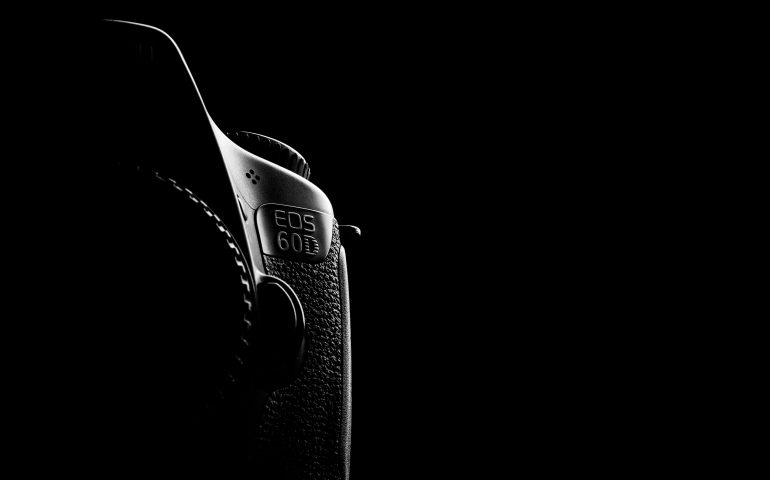In today’s day and age the digital photography market is booming. With advances in technology and production, getting a camera is a very affordable decision. But with so many cameras out there, which one is best for you? You may be asking yourself what brand, series or model you should buy. Let’s take a look at some of the options out there.
There are many factors to consider when looking at purchasing a camera. Just a few of these factors include size, weight, video capability, megapixels, frames per second and price.
It is important to recognize the size of camera you’re looking for. If you’re looking for a smaller camera-one that is lighter and more convenient to carry around-you might be more inclined to purchase a mirrorless camera (Compact System Cameras).
CSCs are for the most part identical to their larger digital single-lens reflex camera (DSLR) counterparts. However, they do not have an actual physical shutter. This allows for them to be much smaller and lighter as well as cheaper in most cases. These cameras are ideal for people who may like to travel a lot and enjoy taking photos for fun.
Mirrorless cameras are small and light and can easily fit inside any purse or bag or hung around the neck. Olympus and Sony are both camera brands with excellent mirrorless camera options that anyone who is interested in getting a CSC should definitely look into.
Video capability is also another important feature to consider when looking at what type of camera to get. All digital cameras today shoot both still images as well as video.
Some people may be more interested in the video ability rather than the photo ability. For those people there are a wide range of cameras out there that shoot excellent video, while avoiding the cost of a full-blown video camera.
Differences between cameras here include frame rate, maximum video quality and live focus. Some cameras even boast flip-out screens making it easier to film from various angles. Both Sony and Canon are excellent choices for people interested in using their camera for video recording.
Megapixel is a large word that people often throw around without quite understanding what it means. Digicamhelp.com explains it very simply as this:
“Digital cameras capture images as pixel elements, known as pixels. Simply put, a megapixel is equal to one million pixels. Digital images are made up of thousands of these tiny, tile-like picture elements. The more pixels, the higher the image resolution.”
That being said, unless you are shooting images that you plan to print and blow up very large, any camera above 14 megapixels will be fine. There is no need to spend a large amount of extra money just to get a camera with a couple more megapixels. The image quality will be slightly better, but that quality will be practically invisible to the naked eye without zooming or cropping.
Frames per second is another feature of a digital camera that you should consider when purchasing a camera, especially if you’re wanting to capture action photos. Frames per second (fps) refers to the number of photos the camera is able to capture within a second. This can vary on cameras from 3 fps all the way up to 12 fps. While this will not affect your ability to capture an image without blur, it does allow you to capture more images within a single second.
In conclusion, be sure to do your homework when buying a camera. It could save you a lot of time and money.
[author image=”http://echo.snu.edu/wp-content/uploads/2015/09/JonathanHane.jpg”] Jonathan Hane, Staff Contributor
Jonathan Hane is a junior at Southern Nazarene University. Growing up overseas, Jonathan still struggles with counting American change and would much prefer a large bowl of rice over a sandwich at Chick-fil-a. He is currently studying Mass Communication and hopes to move back overseas to travel after graduation while doing photojournalism for missions and humanitarian aid organizations. [/author]
